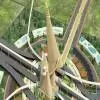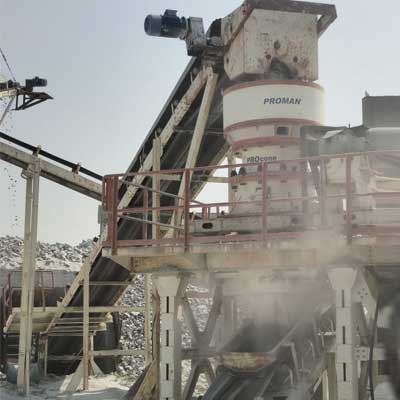
"Maximizing Efficiency: Enhancing Workplace Productivity with Strategic Tactics"
Read full article
CW Gold Benefits
- Weekly Industry Updates
- Industry Feature Stories
- Premium Newsletter Access
- Building Material Prices (weekly) + trends/analysis
- Best Stories from our sister publications - Indian Cement Review, Equipment India, Infrastructure Today
- Sector focused Research Reports
- Sector Wise Updates (infrastructure, cement, equipment & construction) + trend analysis
- Exclusive text & video interviews
- Digital Delivery
- Financial Data for publically listed companies + Analysis
- Preconceptual Projects in the pipeline PAN India
Redefine the future of urban mobility! Join us at the Metro Rail Conference 2025 to explore groundbreaking ideas and insights. 👉 Register today!
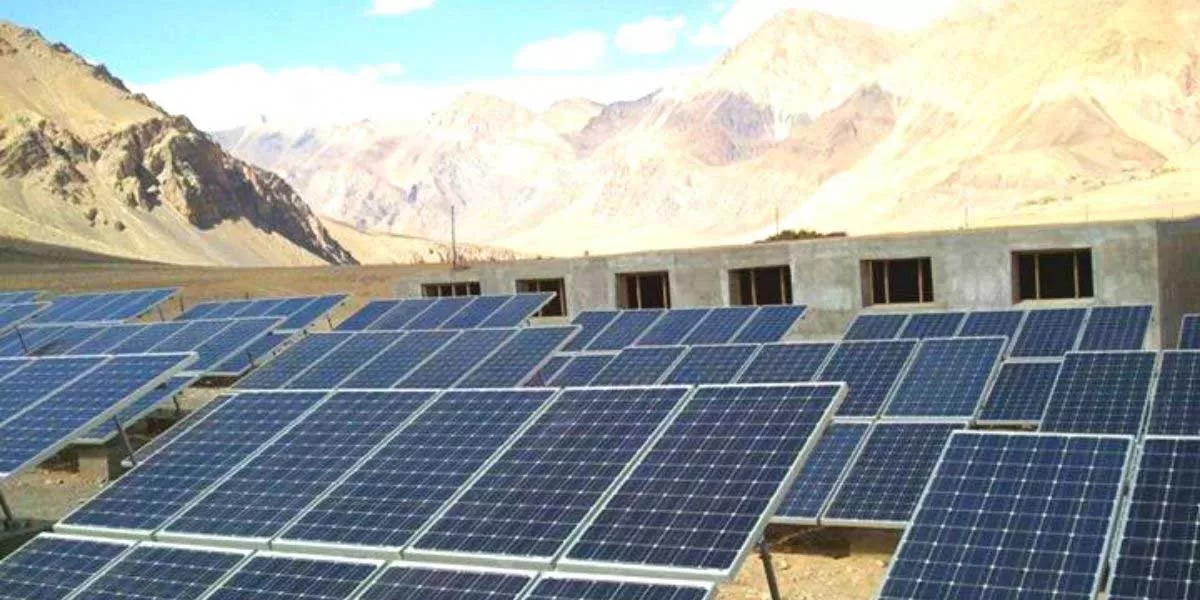
TDB Plans Solar Power Plant Installation at Sabarimala
The Travancore Devaswom Board (TDB) is planning to establish a solar energy plant with technical assistance from Cochin International Airport (CIAL), recognised as the world’s first fully solar-powered airport. TDB officials stated that a meeting was held with S Suhas, Managing Director, CIAL, at Sannidhanam to discuss the initiative. TDB President P S Prasanth mentioned that the discussion was preliminary in nature. He further informed that CIAL is preparing the detailed project report (DPR) and providing technical guidance for the project. Prasanth also revealed that the TDB intends to fu..
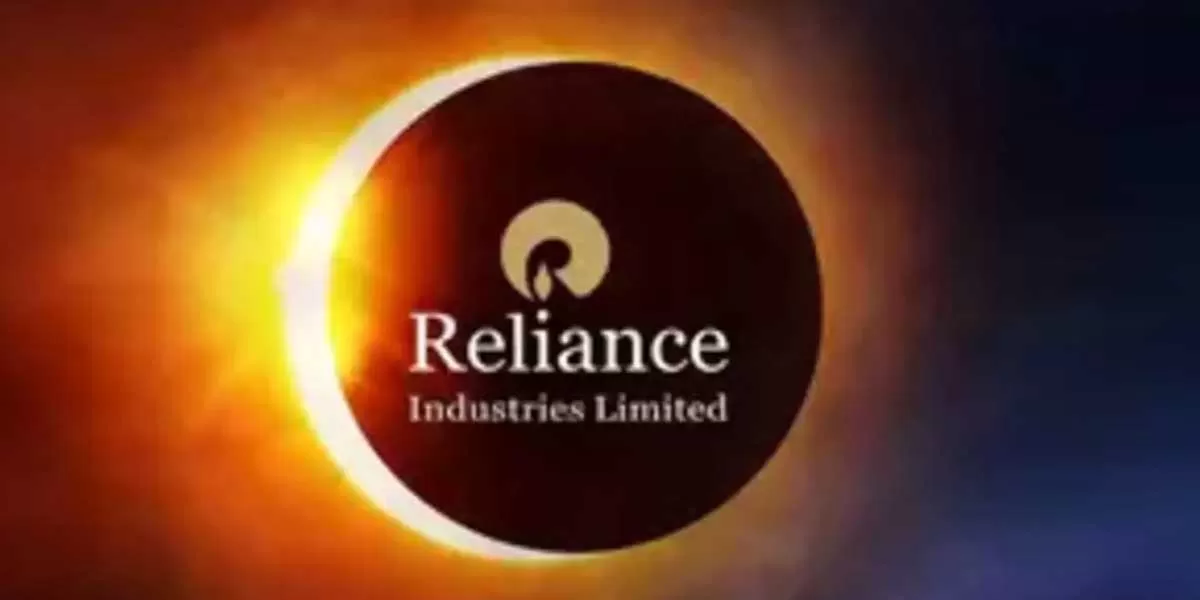
Reliance Back on Growth Path, Multiple Catalysts to Drive Performance
Reliance Industries, India’s most valuable company, has returned to a growth trajectory after six months of challenges, as it reported better-than-expected earnings for the December quarter, according to brokerages. The oil-to-telecom-and-retail conglomerate achieved its highest-ever EBITDA of Rs 438 billion during October-December 2024, the third quarter of the FY25 fiscal, surpassing estimates due to strong performances across all segments. This growth was notably driven by the robust performance of its oil-to-chemical (O2C) segment and a recovery in consumer retail. "Reliance is back on..
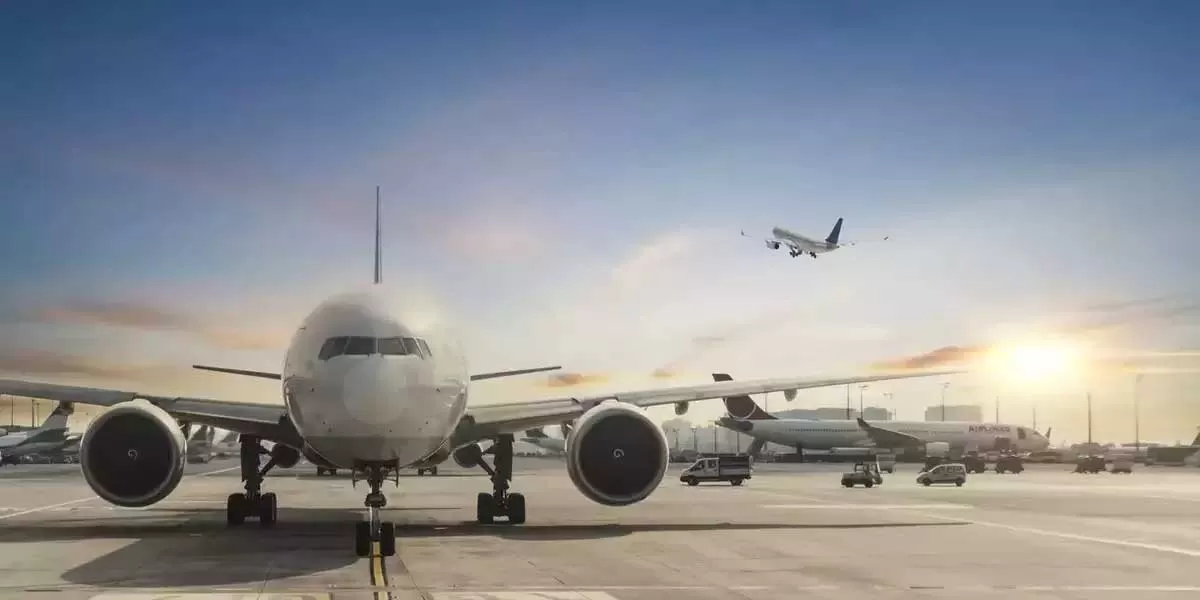
Hyderabad Airport Metro MD Inspects Medchal and Shamirpet Rail Corridors
NVS Reddy, Managing Director of Hyderabad Airport Metro (HAML), alongside senior engineers and technical consultants, inspected the Metro Rail corridors to Medchal and Shamirpet to resolve technical alignment issues, according to an official press release. Due to the steep curvature of the road from Paradise to Bowenpally and airport authorities’ insistence, the HMDA elevated corridor’s alignment passes below the runway of Begumpet Airport for about 600 metres through a tunnel. However, integrating the Metro Rail corridor with this plan poses significant engineering challenges. To addr..








